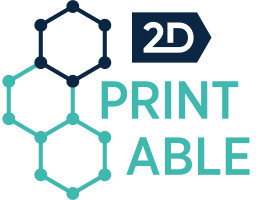I am a computational materials scientist – condensed matter physicists currently at EPFL. Currently I hold the Chair of Theory and Simulation of Materials there but also direct the MARVEL National Center of the Swiss National Science Foundation on Computational Design and Discovery of Novel Materials. As part of this effort, we have created a new Laboratory of Materials Simulations at the Paul Scherrer Institute, to support the experimental community there. Before joining EPFL I did most of my career in the US, where I was on the faculty at MIT in the Department of Materials Science and Engineering. From next year I’ll move to Cambridge, UK, to take up the Cavendish Professorship of Physics – this is very historic chair in the field, and it’s wonderful that it is now given to a computational person.
What was your original motivation to become a researcher?
Well, I loved math but was concerned that the productive years there can be short (maybe an unfounded fear); a couple of very dear friends convinced me that physics had the rigour of math but also the very compelling and hard challenge of describing the real world.
What is your (main) research area today?
I often summarize this in “understand, predict, and design novel materials and devices”. To get there, we need to keep developing accurate and computationally affordable methods to tackle the problem of many interacting electrons (“predictive accuracy”); we need to make sure we can go from electrons and nuclei to the time-scale and length-scales of working conditions (“realistic complexity”), and, more and more these days, we can leverage all the power that comes from computer science, in the form of machine learning, big data, and artificial intelligence.
What is the main objective of your team in 2D-PRINTABLE?
Identify with computer simulations novel 2D monolayers or multilayers that can display the electronic and optical properties we need for the project.
What expertise and facilities does your team have to meet those objectives?
Brain power, computer power, and a lot of wonderful experimental colleagues in the project.
Which aspects of your research at 2D-PRINTABLE do you believe are the most innovative and what unique opportunities offer 2D-PRINTABLE to yourself and/or your organisation?
With accurate simulations we can explore vast number of possibilities, but at the end the proof is always in the pudding, and we need dedicated (and often heroic) efforts on the experimental side to make these materials at scale.
How do you see the future use of the 2D-PRINTABLE results and the impact of 2D-PRINTABLE project in our daily lives?
2D materials have unique properties and functionalities and have given rise to some of the most wonderful experiments under tightly controlled conditions. Here, we are trying to bring these capabilities to the real word.


